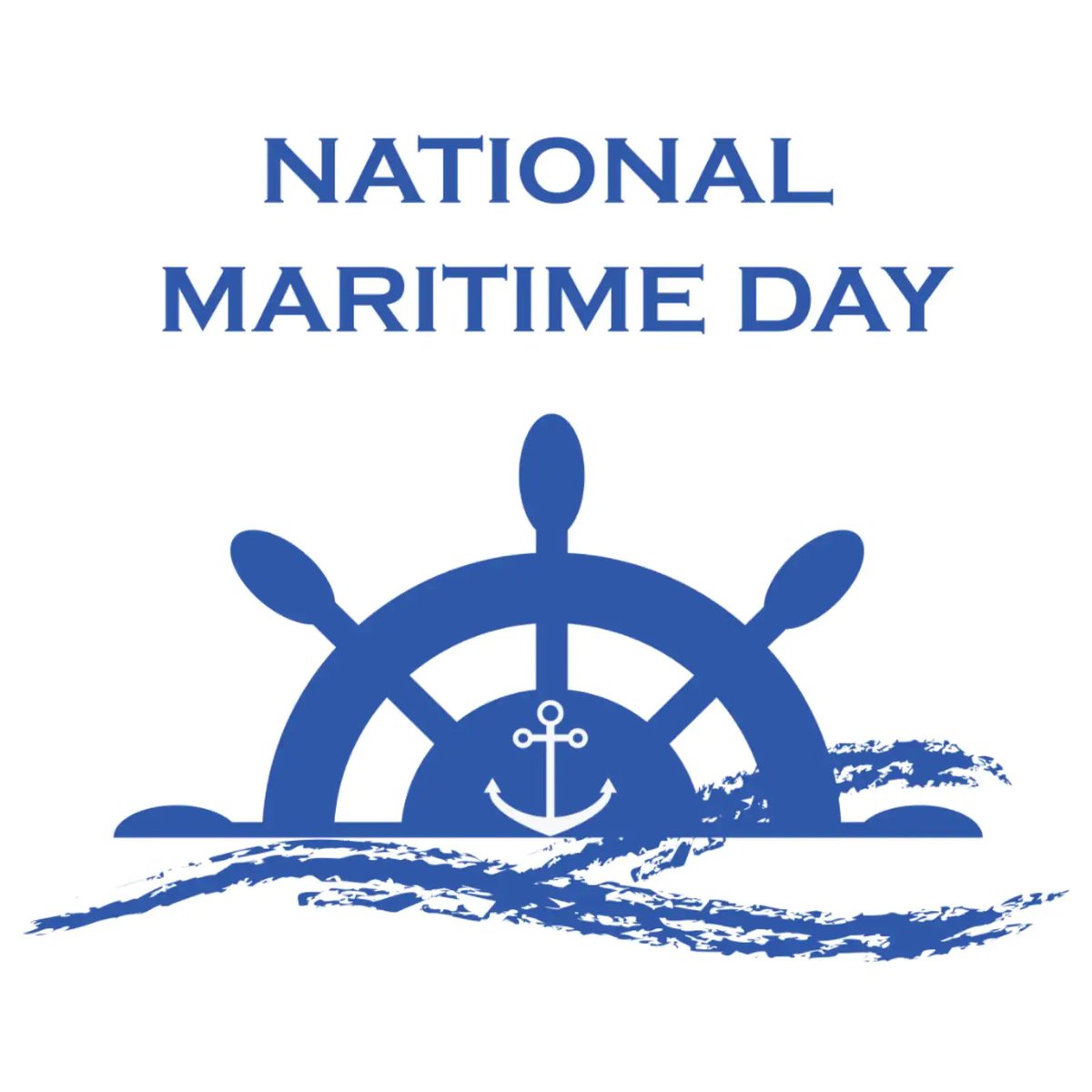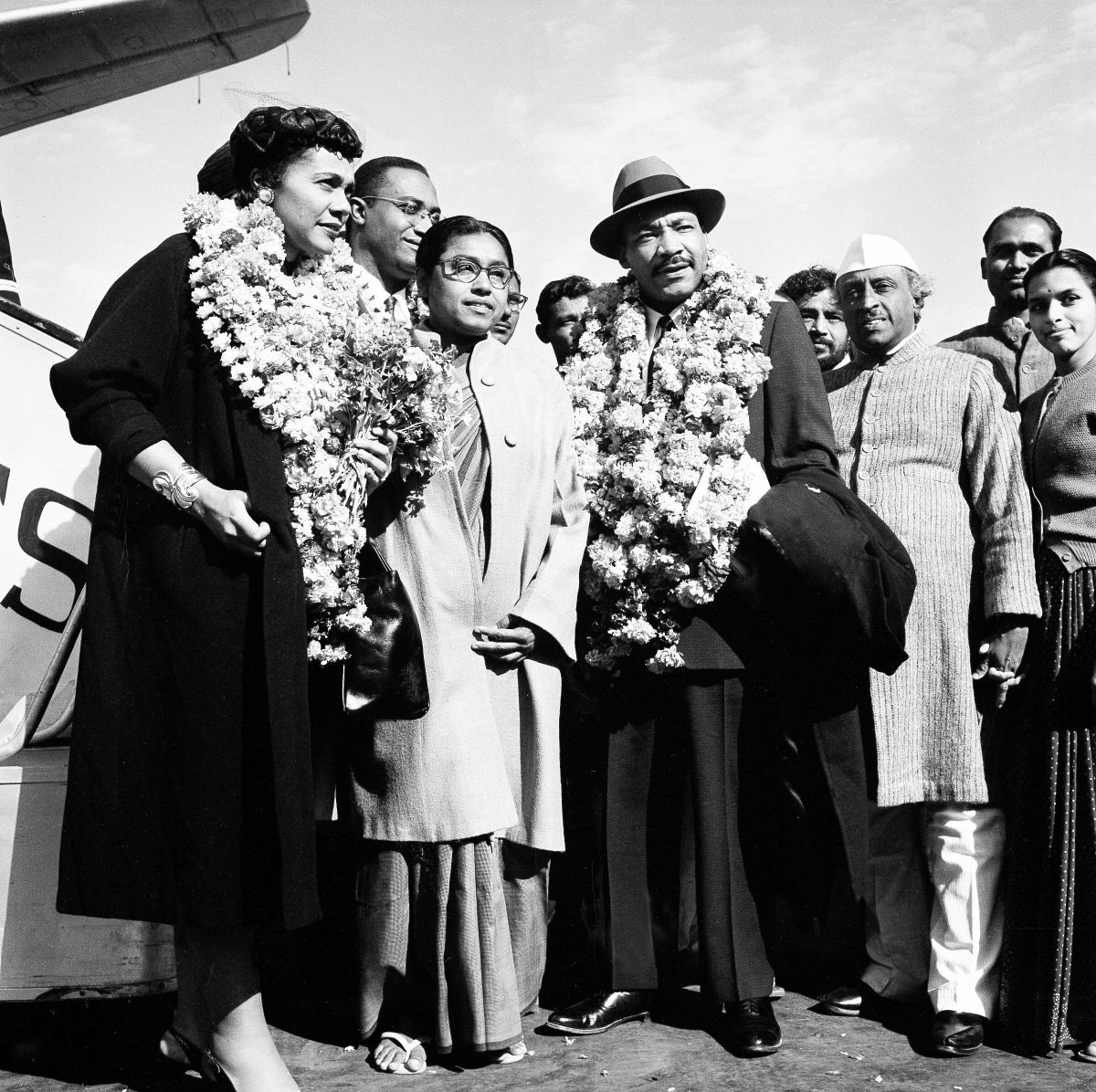
92 years ago #OTD, Mahatma Gandhi’s iconic Salt march concluded at Dandi. We take a look back at how women, after being barred from participating, became the drivers of the movement – a thread (1/n) 

The #DandiMarch was a landmark event in India’s quest for independence, marking the start of large-scale non-violent civil disobedience movement. 78 men accompanied the Mahatma in the 385 KM walk from his ashram (2/n) 

Gandhi had given clear instructions that only men were to be part of the march & public protests. He'd correctly guessed that the administration would unleash its brute force to quell the protests and did not want women to be exposed to the brutalities (3/n)
Yet not everyone was deterred. At the vanguard was none other than the "Nightingale of India", Sarojini Naidu, who along with Mithuben Petit arrived by car to Dandi (4/n)
The two women were prominently present when the Mahatma symbolically broke the British salt law at the Arabian Sea shore of Dandi (5/n) 

The conclusion of the march was followed by swift retaliation, as Gandhi had rightly apprehended. On May 5th, Gandhi was arrested. All over the country, Congress workers and leaders were rounded up and thrown behind bars (6/n)
In the absence of Gandhi, Sarojini Naidu took up the onerous task of leading the civil disobedience movement and led the march to the salt works at Dharsana (7/n)
With the men by and large imprisoned, it was the women who now took the lead all over the country in carrying out salt satyagraha (8/n)
Usha Mehta, the lady who would organize the underground Congress Radio during the Quit India movement, had remarked – (9/n)
"Even our old aunts and great-aunts and grandmothers used to bring pitchers of salt water to their houses and manufacture illegal salt. And then they would shout at the top of their voices: 'We have broken the salt law!” (10/n) 

It startled the British too. A classified government report noted, “…… thousands of them emerged ... from the seclusion of their homes ... in order to join Congress demonstrations and assist in picketing.... (11/n)
....and their presence on these occasions made the work the police was required to perform particularly unpleasant." (12/n)
John Curry, an Indian Imperial Police officer and Wedgwood Benn, the Secretary of State for India both had written that they preferred fighting the armed revolutionaries than the Congress’ non-violent protests, especially those led by women (13/n)
Kamaladevi Chattopadhyay, the noted social reformer and independence activist, prepared salt at the Bombay beach front. Later, she shocked everyone by going over to the Bombay High Court and offering a magistrate “Freedom salt” for purchase! (14/n) 

In the opposite corner of the country, Leela Nag (Roy) formed ‘Dacca Mahila Satyagraha Committee' to challenge the authorities there (15/n) 

The brutal repression carried out by the British didn’t deter them either. Leela Nag was arrested in 1932 and spent six years in prison. In Indian Women’s Battle for Freedom, Kamaladevi wrote of the lathi charge on the salt satyagrahis at Bombay (16/n)
“…..a rough boot pushed me aside and I came down with my arm on the burning pole.” She refused to call off the protests or take medical help. Shocking the police, more women soon joined the movement with pots, pans and bowls (17/n) 

On 26th October, 1930, Avantikabai Gokhale, defying a police ban, organized hoisting of the Congress flag at Azad Maidan. She was promptly arrested and sentenced to six months’ jail (18/n) 

Several such examples abound in the pages of history. Only a few of those names are known, but there were innumerable faceless, nameless women (and men) who shaped history and secured India’s independence. We pay homage to all of them (19/n)
Source: thewire.in/women/women-da…
Images: Wikimedia Commons / National Gandhi Museum newspaper archives, New Delhi / The Wire (wire.in)
Images: Wikimedia Commons / National Gandhi Museum newspaper archives, New Delhi / The Wire (wire.in)
• • •
Missing some Tweet in this thread? You can try to
force a refresh














